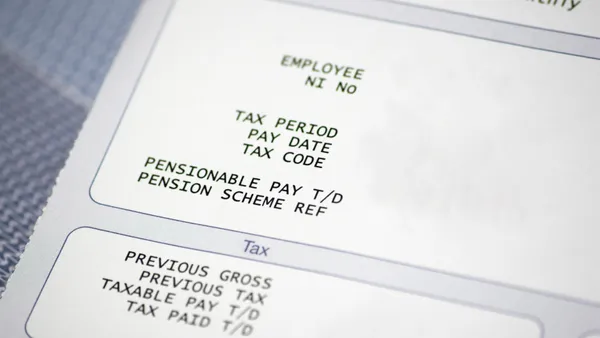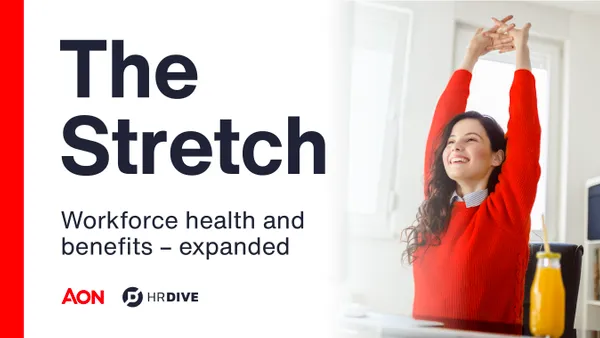Dive Brief:
- Employees from all generations expect employers to guide them toward financial security for their retirement, according to Employee Benefits News.
- The article notes that creating a plan is a good starting point, but not enough by itself.
- Employers must provide adequate information to "fill the information gap" that exists, because for many employees, investment concepts and lingo around retirement planning are confusing and unclear.
Dive Insight
For example, one area that often needs explaining is maximum contribution. EBN notes that employees may believe they are contributing the maximum, but they actually are only at the employer match level or the maximum budget-wise (based on their personal budget).
For these scenarios, employers must communicate what “maximum” actually means for participating employees, also making sure to let them know about changes, if any occur.
EBN explains that high levels of both communications and education should be in play, and an employer's HR staff should lead the charge in helping to "fill the knowledge gap." That can mean in-house training or bringing in outside experts, whatever makes the most sense for HR.










